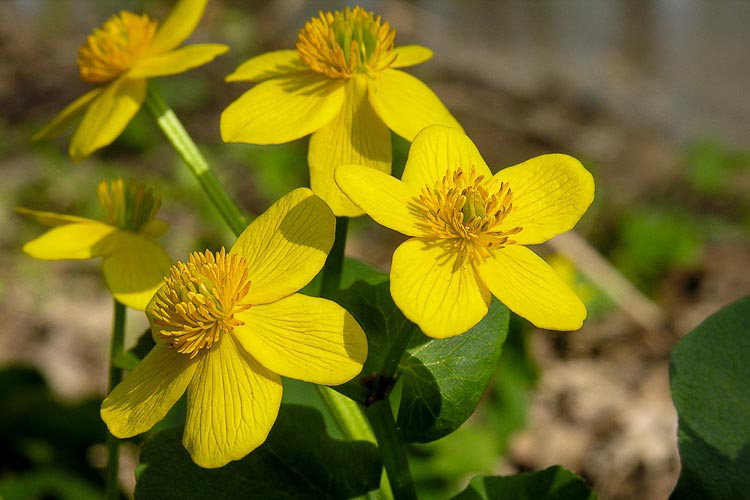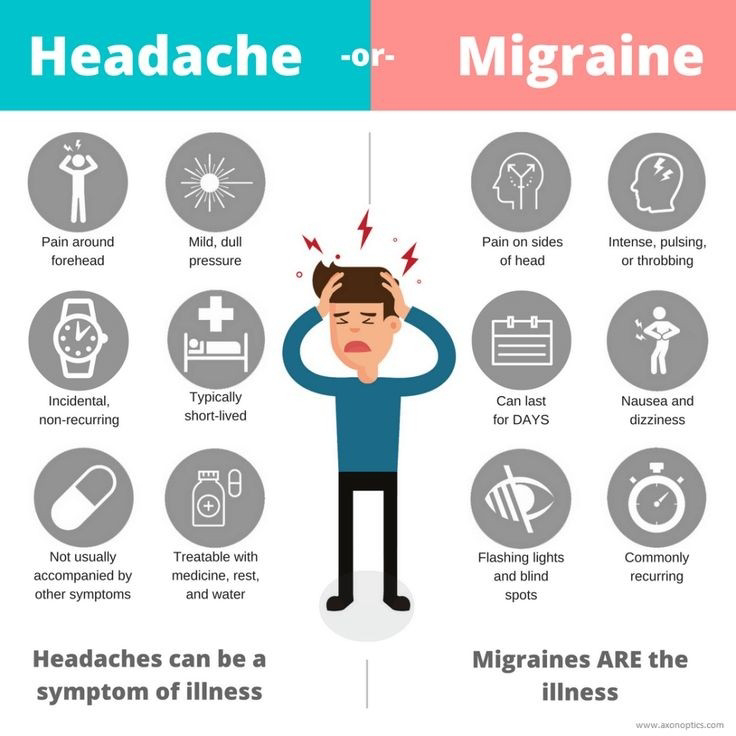Ranunculacaea Family Materia Medica Study
Great — let’s dive into a Materia Medica study of the Ranunculaceae family from a homeopathic and herbal medicine perspective. I’ll outline key points about its general medicinal profile, important remedies, and typical themes and indications.
🌿 Ranunculaceae Family — Materia Medica
🩺 Key Homeopathic Remedies
Here are some classic Ranunculaceae remedies and their main indications:
✅ 1. Aconitum napellus (Monkshood)
Themes: Sudden onset, acute inflammations, fear of death.
-
Complaints after exposure to cold, dry winds.
-
High fever with anxiety, restlessness.
-
First stages of cold, flu, pneumonia.
-
Panic attacks, shock after fright.
✅ 2. Ranunculus bulbosus (Buttercup)
Themes: Sharp, stitching pains; skin eruptions; intercostal neuralgia.
-
Vesicular eruptions (like herpes zoster).
-
Burning, itching, and blister-like eruptions.
-
Pains worse with motion, touch, changes in weather.
-
Suited to pleuritic chest pains — intercostal rheumatism.
✅ 3. Helleborus niger (Christmas Rose)
Themes: Dullness, stupor, brain complaints.
-
Effects of suppressed eruptions.
-
Meningitis, hydrocephalus.
-
Apathy, confusion, muttering delirium.
-
Slow, insidious complaints.
✅ 4. Clematis erecta (Virgin’s Bower)
Themes: Glandular swellings, induration.
-
Suppurating glands (testes, breasts).
-
Orchitis, epididymitis — worse at night.
-
Eczema with burning, itching.
✅ 5. Pulsatilla pratensis (Anemone pratensis)
(Note: Botanically it’s in the Anemone genus)
Themes: Changeable, mild, weepy; hormonal issues.
-
Catarrhal affections, thick bland yellow-green discharges.
-
Menstrual irregularities, amenorrhea.
-
Suits gentle, yielding, emotional persons.
-
Better in open air, worse in warm rooms.
🧩 Key Themes for the Family
-
Acridity: Burning, sharp, stinging pains.
-
Nervous system: Many act strongly on the mind and nerves — anxiety (Aconite), dullness (Helleborus), irritability (Ranunculus).
-
Skin: Vesicular eruptions, blisters, burning.
-
Suddenness: Rapid onset of symptoms, sudden inflammations.
-
Worse by cold, wet, or change of weather.
⚠️ Safety Note
Many species (esp. Aconitum) are highly toxic — traditional herbal uses require expert guidance. Homeopathic preparations are ultra-diluted and safe when used correctly.
🌼 Practical Tips for Study
✔️ Study their botanical similarities — all share acrid juices and potent chemistry.
✔️ Compare their modalities (what makes symptoms better/worse).
✔️ Observe mental/emotional themes — fear, sudden panic, dullness.
✔️ Use family grouping for differential diagnosis — e.g., sudden fear (Aconite) vs. insidious dullness (Helleborus).
🔬 General Medicinal Traits
Many members contain potent alkaloids and glycosides.
Often acrid, irritant, and pungent — can cause skin vesication (blistering) and mucous membrane irritation.
Some have analgesic, sedative, or antispasmodic effects.
Toxicity is common — careful dosing is critical in herbalism and homeopathy.
If you’d like, I can:
-
Make you a comparison chart for easier memorization.
-
Suggest key rubrics from the Repertory.
-
Help you prepare flashcards or a quiz.
Would you like any of that? 📚✨
For Online consultation:
💬 WhatsApp / 💬Instagram
Thank you,
Stay healthy & stay connected for more such articles .




Comments
Post a Comment
If any doubts. Please let me know.